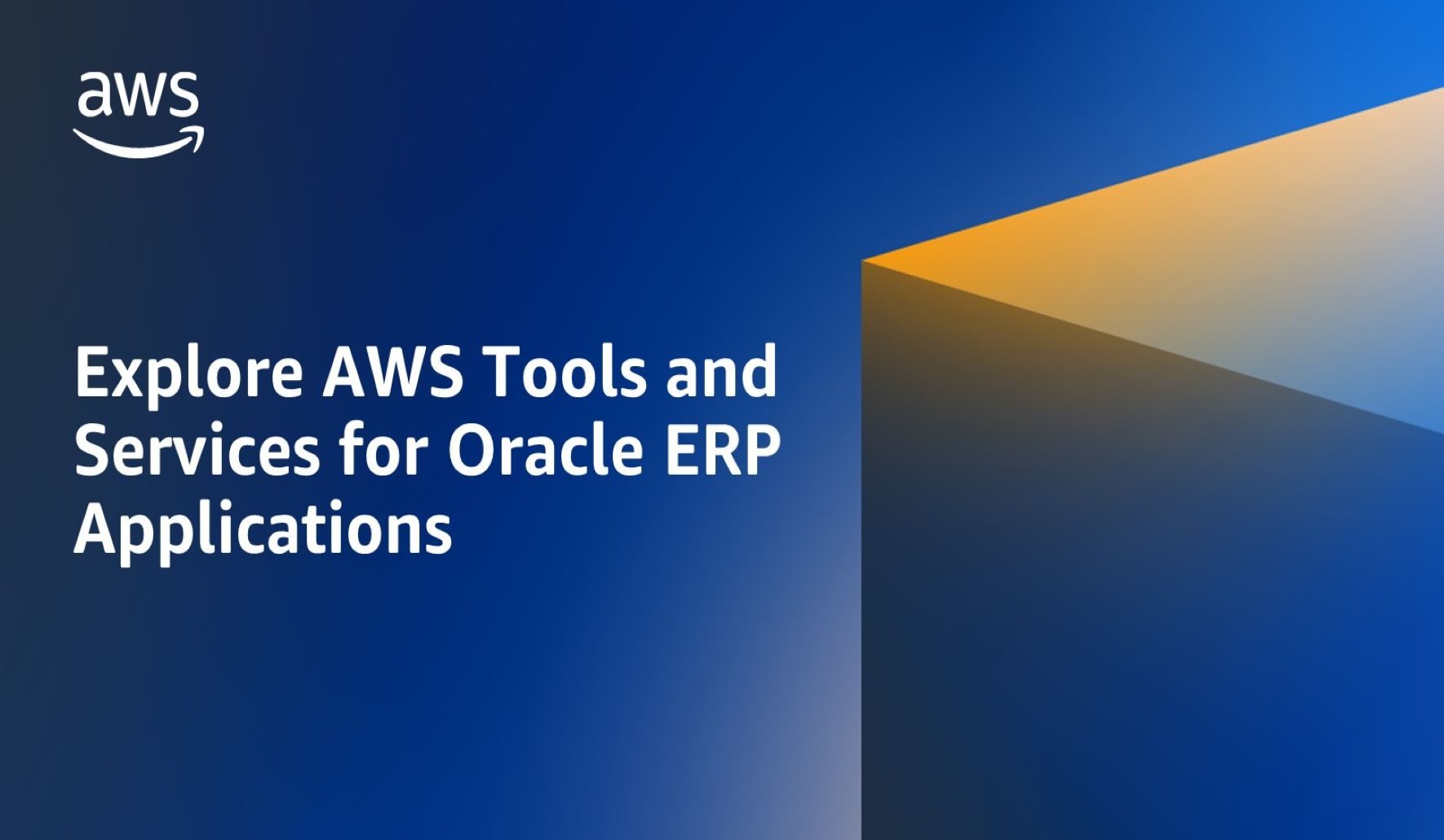Planning for the worst: AWS backup and disaster recovery tools for Oracle users
-
Posted by Quest Customer Learning Team
- Last updated 11/14/22
- Share

Planning for the worst
AWS backup and disaster recovery tools for Oracle users
You may have heard the story where the nearly complete version of the movie Toy Story 2 deleted. During what was expected to be a routine cleanup of the shared file system, a person with elevated privileges wiped out the movie. Pixar’s IT team had backups and started a restore, but the restore process had never been tested and failed. Fortunately, this story had a happy ending. One of the team members had worked on the movie remotely after the birth of her son and had taken a recent copy home.
What if this had been your ERP? Far too many companies running JD Edwards and Peoplesoft do not have enough protection and only find out they have an issue when an event happens. These events can take many forms including: operational mistakes, malware, natural disasters, physical disasters and even issues with specific technology.
Amazon Web Services (AWS) has the most resilient and reliable cloud. No matter how tight your controls and how resilient you build your IT infrastructure, failures happen. AWS Chief Technology Officer, Werner Vogel, famously stated, “Everything fails, all of the time.” AWS builds its cloud with this in mind and creates layers of protection to protect against these failures. Some of these layers can even be used by applications outside of AWS.
Many customers have not yet migrated their JD Edwards and Peoplesoft installations to AWS. These installations are largely running in private clouds and on-premise. Even when these systems are not on AWS, there are Amazon solutions including Amazon Elastic Disaster Recovery (DRS) and Simple Storage Services (S3) which you can use to build your own multiple layers of protection.
Amazon’s Elastic Disaster Recovery Service (DRS) can be used to protect your JD Edwards and Peoplesoft servers and even protect SQL Server and Oracle databases. This solution works by replicating the disks of each of your Windows or Linux servers to AWS. When required these disks are brought online within AWS which in turn allows you to rapidly bring your JD Edwards and Peoplesoft systems online. Unlike traditional disaster recovery solutions where you need to procure idle hardware at your disaster recovery site, by leveraging the elasticity of cloud, you only have to pay for the AWS servers when you are running them during testing or during an actual recovery.
By creating and retaining snapshots of the DRS images, you can create a layered protection against logical corruption including ransomware. Based on your configured retention of these snapshots, in addition to the real time images of your systems, you can restore your systems to their state as they were days or weeks in the past.
This snapshot capability of DRS overlaps into the traditional territory of backups. However, DRS does not provide all the capabilities required of a backup solution including long-term-retention and support for native database aware backups. For these backups, Amazon’s Simple Storage Services (S3) is an ideal target. S3 storage is available in many forms offering eleven-nines of durability at a very low cost. With capabilities built in to automatically replicate between regions, you can ensure that these backups stored on S3 will be available when you need them.
While many customers choose to write their own scripts to move backups to S3, there are many tools available which offer native S3 support. For Oracle databases, Oracle’s Secure Backup allows you to write your database backups directly to S3. Tools like CloudBerry also have native S3 support and can be used to automate the backup of your application servers and SQL Servers.
Even if you aren’t ready to migrate your JD Edwards and PeopleSoft applications to AWS, you can still experience many benefits of the AWS cloud. By leveraging AWS tools and services, you can quickly and cost effectively add layers of protection for these systems. When you fully migrate your JD Edwards and Peoplesoft system to AWS there are many additional capabilities you can leverage to protect and enhance these systems including:
| AWS Backup | AWS Backup is a cost-effective, fully managed, policy-based service that simplifies data protection at scale. It can be used to manage all the instance, database and file system backups used by your JD Edwards and Peoplesoft systems. |
| Amazon Elastic Compute Cloud (EC2) / Automatic Recovery | Automatic recovery improves instance availability by recovering the instance if it becomes impaired due to an underlying hardware issue. This provides many of the benefits of traditional active/passive clustering without the complexity. |
| Multiple Availability Zones (AZ) in all regions
| Availability zones (AZ) are clusters of data centers within a region that are physically separated by a meaningful distance from other AZs in the same AWS Region, although they all are within 60 miles (100 kilometers) of each other. Peoplesoft and JD Edwards can be deployed across the AZ’s to mitigate the risk of a single AZ outage. |
| Amazon FSx NetApp for ONTAP | Amazon FSx for NetApp ONTAP supports NetApp SnapMirror, a replication technology that you can use to replicate data between two ONTAP file systems. You can configure automatic NetApp SnapMirror replication of your data to another Amazon FSx for NetApp ONTAP file system, including a file system in another AWS Region. |
If you need help trying to decide if or how you should launch your migration and modernization journey, feel free to email me at jeremyrs@amazon.com; check out our website, or reach out to your AWS account manager.

